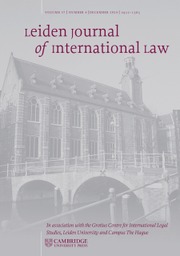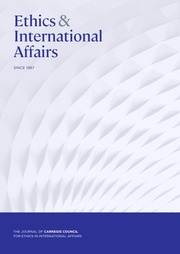A Theory of International Organizations in Public International Law
Greater, lesser, or just different than the sum of their parts? For all their prominence in global affairs, international organizations remain relative strangers from the perspective of international legal theory. Drawing insights from philosophical discourse, this book moves past binary models that would have international organizations either be nothing over and above their members or simply analogous to them. Rather than compare international organizations and their members, Chasapis Tassinis asks us to understand them both as manifestations of communal organization and what international law recognizes as 'public' authority. Theorizing international organizations as only a branch within a broader family of corporate entities, this book allows us to untangle old doctrinal puzzles. These include the extent to which international organizations are bound by customary international law and can contribute to its formation, or whether they enjoy a legal personality that is opposable to members and non-members alike.
- Unveils the discipline's operating assumptions when theorizing international organizations and explains their limitation
- Draws on philosophical discourse on group entities to advance a novel theoretical account of international organizations
- Re-imagines international organizations by drawing on conceptual continuities with other institutions in public international law, including states
Product details
August 2025Hardback
9781009373951
200 pages
229 × 152 mm
Not yet published - available from August 2025
Table of Contents
- Introduction
- 2. The problem of situating international organizations in relation to States as species of legal actors
- 3. The problem of analytically distinguishing international organizations from their members
- 4. Common assumptions about the State when theorizing international organizations
- 5. Looking for 'Real' Entities: insights from philosophical discourse
- 6. Corporate existence as a problem of starting assumptions about members' existence
- 7. Institutional genealogy as the foundation for theorizing international organizations
- 8. International organizations as institutions distinct from their members
- 9. International organizations and customary international law
- Conclusion
- Bibliography.









